Ski vs snowboard boots: a quick beginner’s guide
We highlight the main differences between ski vs snowboard boots to help you find firm footing at the gear store

Skiing and snowboarding boots are both big, insulated and waterproof boots that attach to either your skis or snowboard via bindings, but if you’re a newcomer to winter sports and thinking that the two are interchangeable, the similarities end there. You’ll need ski boots for skiing and snowboard boots for snowboarding. We don’t really think you should choose your snow sport based on the boots if we’re being honest, but if you’re curious to understand the differences in the gear before making your mind up about which winter activity you’re going to pursue, we get it! We highlight the main differences between ski vs snowboard boots below to help you find firm footing at the gear store.
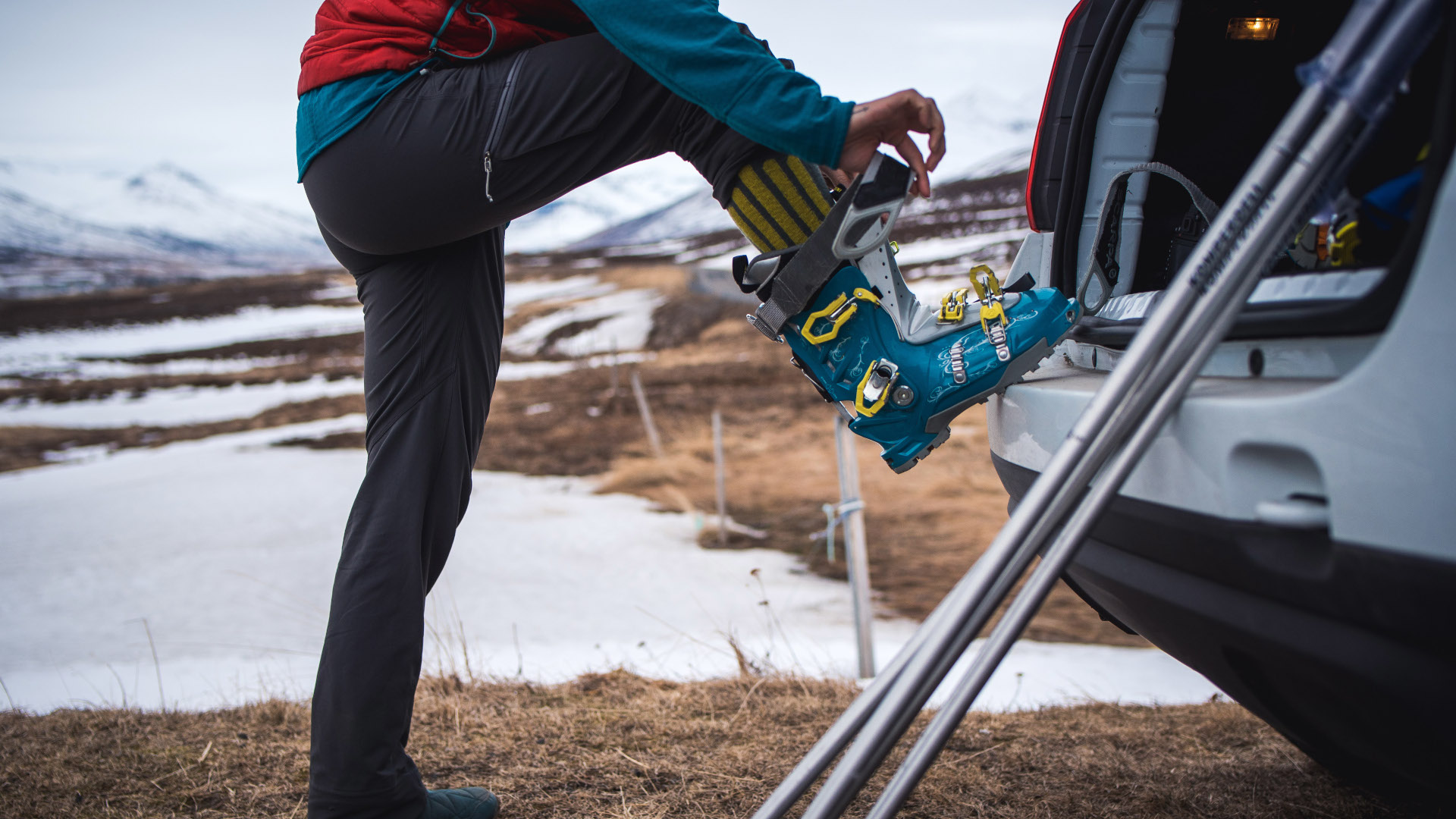
Ski vs snowboard boots: flex
Flex in ski and snowboard boots refers to the level of resistance in the boot when you try to bend your ankle. More flex means better range of motion, while less flex means the boot is stiffer.
If you just head to your nearest gear store and pick up a ski boot in one hand and a snowboard boot in the other, it will be easy to see that snowboard boots have a far greater degree of flex than ski boots. Ski boot uppers are typically constructed using a hard shell made of plastic, while snowboard boots tend to be made using a softer synthetic fabric that better resembles leather. Ski boots, therefore, are stiffer, though they do come in different degrees of flex, ranging from around 50 (very soft) to 130 (most rigid). Softer boots are usually preferable for beginners while expert skiers and racers tend to choose a more rigid boot.

Ski vs snowboard boots: outsole
Another key difference between ski and snowboard boots is in the outsole. Ski boots easily click into your bindings on your skis via chunky, stiff soles that have a bigger profile than the boot. Fortunately, all alpine ski boots will work with all bindings, and while the stiff nature of the soles makes them difficult to walk in, they typically come with some grip technology for traction to help you stay upright on slick surfaces.
The outsole on a pair of snowboard boots will better resemble that on a pair of winter hiking boots because you simply strap into a snowboard binding, and they provide cushioning underfoot too.
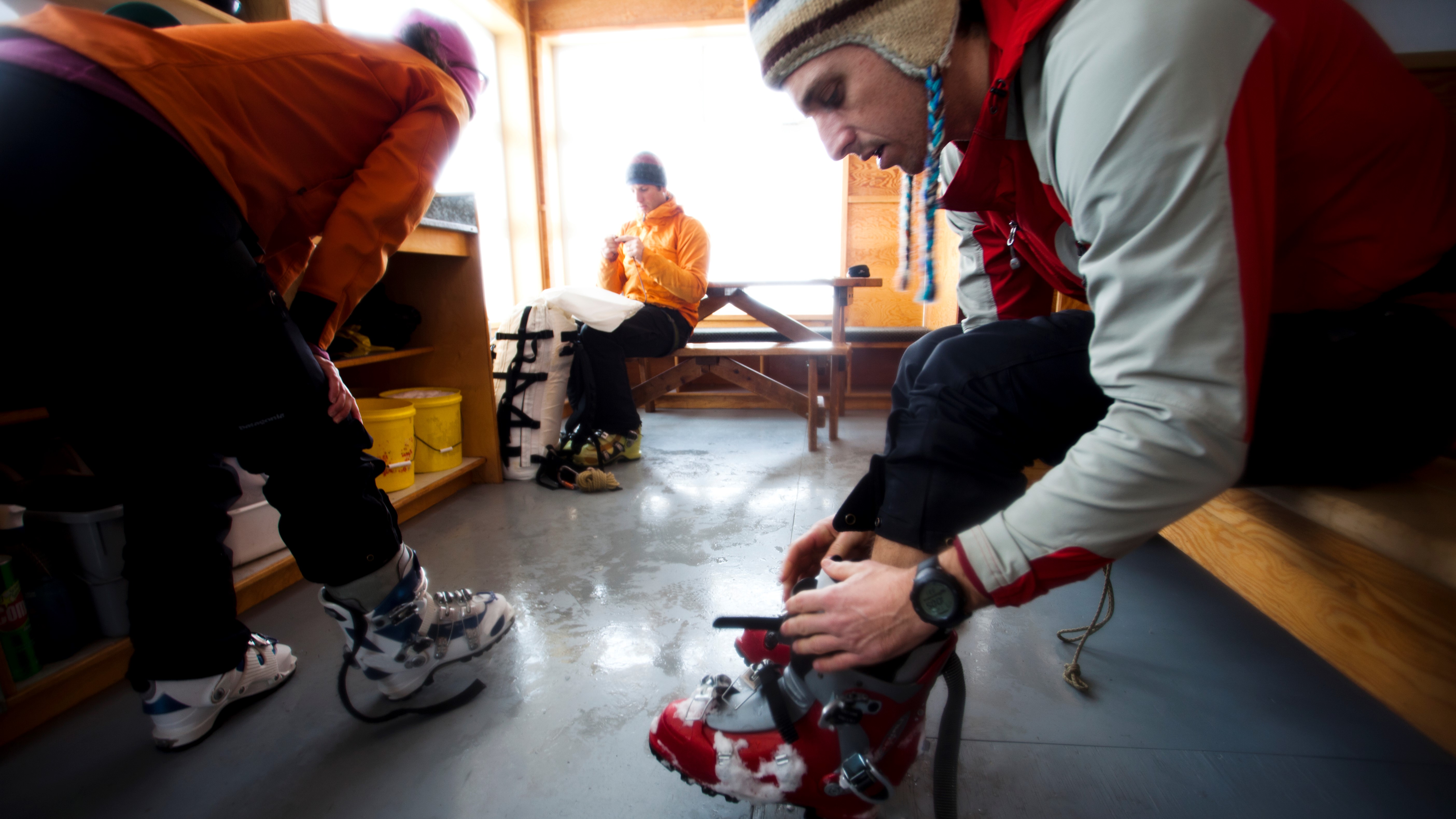
Ski vs snowboard boots: fastenings
Ski boots almost always come with four adjustable metal buckles to tighten them – two which fasten over the top of your foot and two that fasten around the front of your ankle. These are usually supplemented by a velcro strap around the cuff. These fastenings are easy enough to use, though you want them fastened as tightly as possible to prevent your foot moving around in your boot, which can be a little tough in the beginning. It also means you might get cold feet when you’re on the ski lift if they’re restricting your circulation, so get used to having to loosen and tighten them again between runs, and look for ski gloves that give you good finger dexterity, rather than mittens.
Snowboard boots are either fastened using laces, or a dial lace system, neither of which are too mysterious to operate.
All the latest inspiration, tips and guides to help you plan your next Advnture!
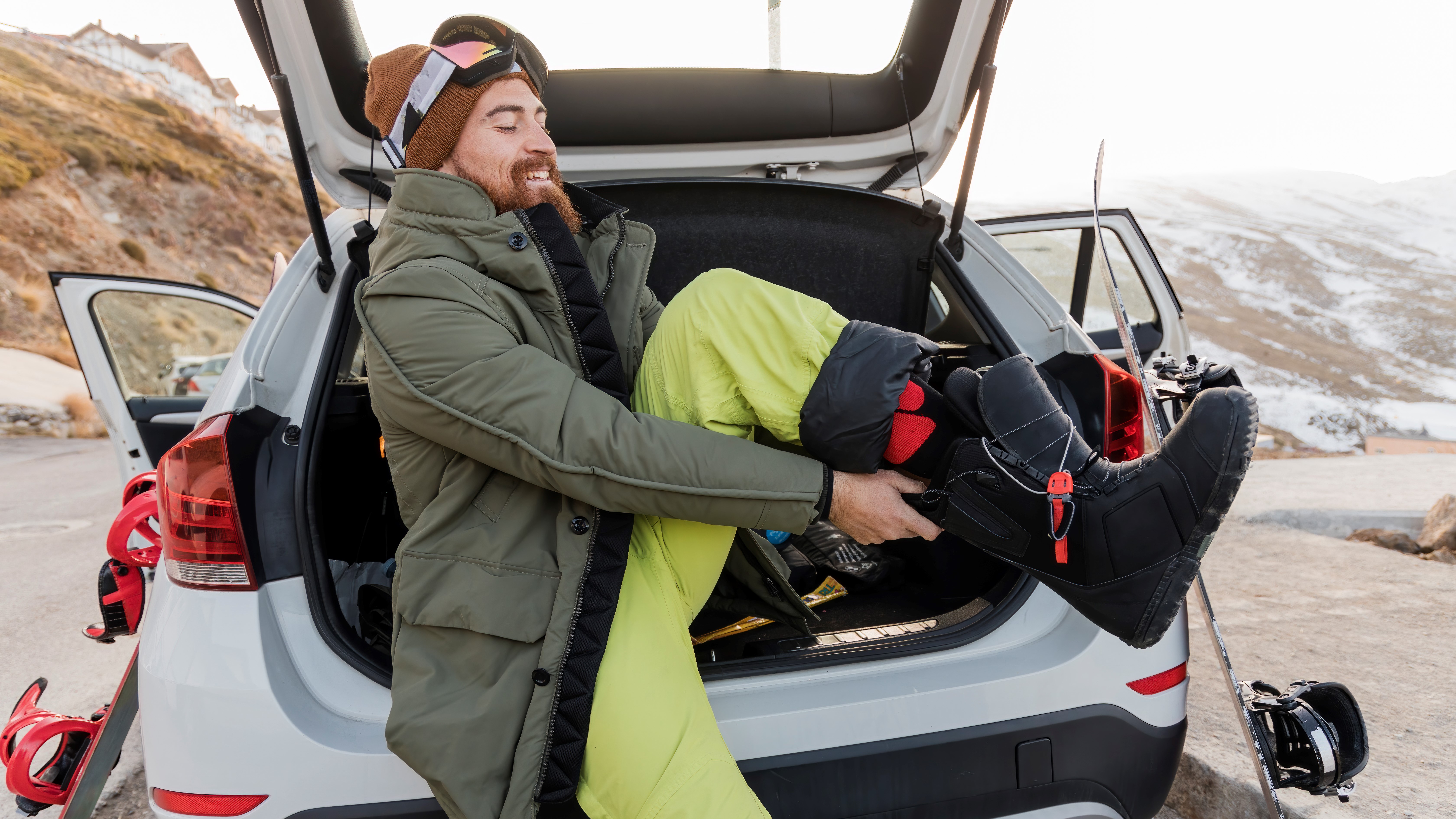
Ski vs snowboard boots: comfort and walking
The stiff construction of a ski boot shell and sole combined with the requirement to fasten them as tightly as you can means they’re not particularly comfortable and they’re difficult to walk in, and chances are you'll be lumbering back to your locker to change into a pair of trainers before heading to the lodge for apres. However, you can find alpine ski boots that come with a “walk mode” which allows for greater flex and does help a little.
If you haven’t already guessed, snowboard boots are quite a bit more comfortable than ski boots and much easier to walk in. In fact, walking around the village in your snowboard boots feels a lot like walking around in a pair of winter boots or hiking boots, and that’s due to the flex. You wouldn’t want to go on a long hike wearing snowboard boots – use winter hiking boots for that – but you can definitely wear them while you're posted up at the bar.
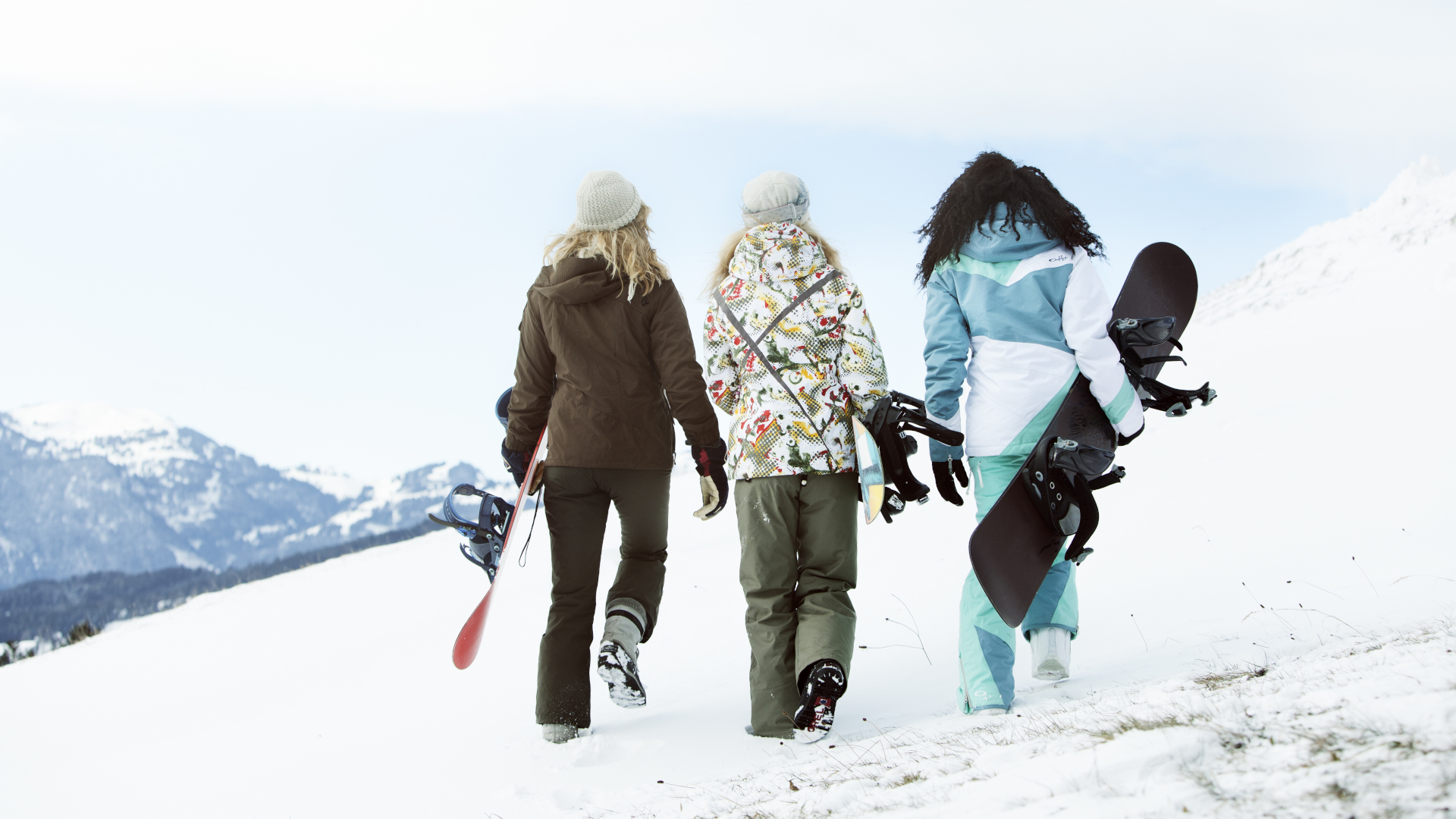
Ski vs snowboard boots: durability
Ski boots may be stiffer and more uncomfortable than snowboard boots, but that also means they’re more durable. According to ski boot manufacturers, a good pair of ski boots should last up to 200 skier days, which if you’re skiing 20 days a year means a whole decade. However, chances are you’ll have to replace the liners before that 10 years is up and you’ll also want to take care when storing your boots – though the buckles are sturdy, they can get broken if you’re not careful about fastening them before pacing your boots away.
Snowboard boots, on the other hand, only come with a shelf life of up to 70 ski days, or about a third of the duration of ski boots.
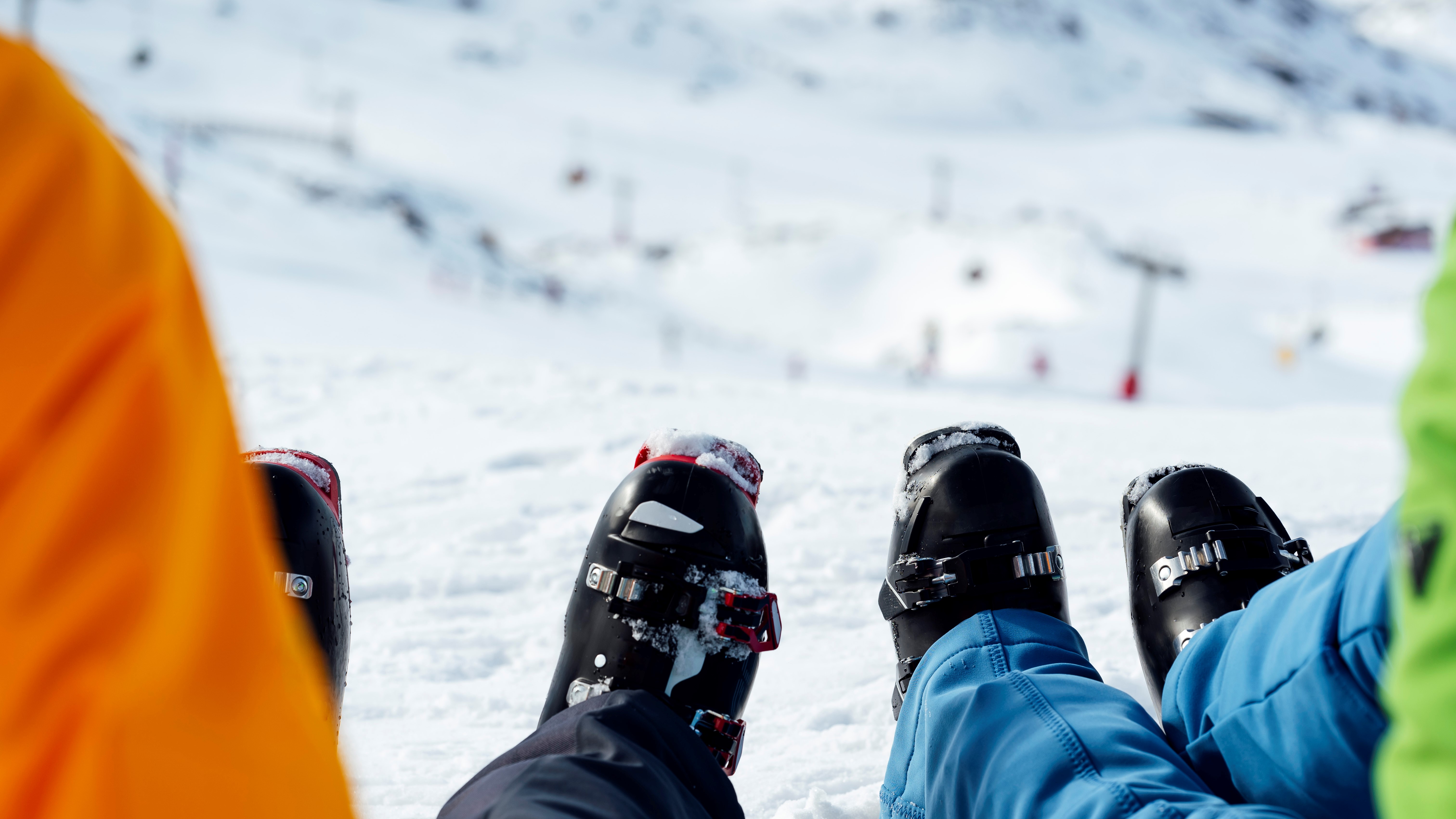
Ski vs snowboard boots: price
It’s true that both types of boots come in a range of pricing, but ski boots overall are a bit pricier than snowboard boots, with cheaper models coming in at over $200 and pricing going all the way up to over $900 for a really high end pair. The price tag on the most expensive snowboard boots typically tops out at around $700 with the majority falling in the $200 - $300 price range.
| Header Cell - Column 0 | Ski boots | Snowboard boots |
|---|---|---|
| Flex | Stiffer | More flex |
| Outsole | Stiffer, some grip | Less stiff, cushioning and better grip |
| Fastenings | Buckles and velcro | Laces and lace |
| Comfort and walking | Not very comfortable, difficult to walk in | Comfortable and easy to walk in |
| Durability | Can last up to 10 years, though may need a liner change | Can last up to three years |
| Price | $200 - $900 | $200 - $700 |
Ski vs snowboard boots: the verdict
Again, since you don’t have any choice but to pick the boots for the winter sport you’re planning to pursue, we’re not sure it’s fair to compare these two as though they were competitors, but let's summarize the differences anyway. In short, ski boots are stiffer, which makes them less comfortable and more difficult to walk in. They can be more expensive, but they can last up to 10 years.
Snowboard boots are comfier and easy to walk in, and while they might be a little cheaper up front, you’re more likely to have to replace them every few years if you’re riding a lot, which may mean you spend more in the long run.
Julia Clarke is a staff writer for Advnture.com and the author of the book Restorative Yoga for Beginners. She loves to explore mountains on foot, bike, skis and belay and then recover on the the yoga mat. Julia graduated with a degree in journalism in 2004 and spent eight years working as a radio presenter in Kansas City, Vermont, Boston and New York City before discovering the joys of the Rocky Mountains. She then detoured west to Colorado and enjoyed 11 years teaching yoga in Vail before returning to her hometown of Glasgow, Scotland in 2020 to focus on family and writing.

